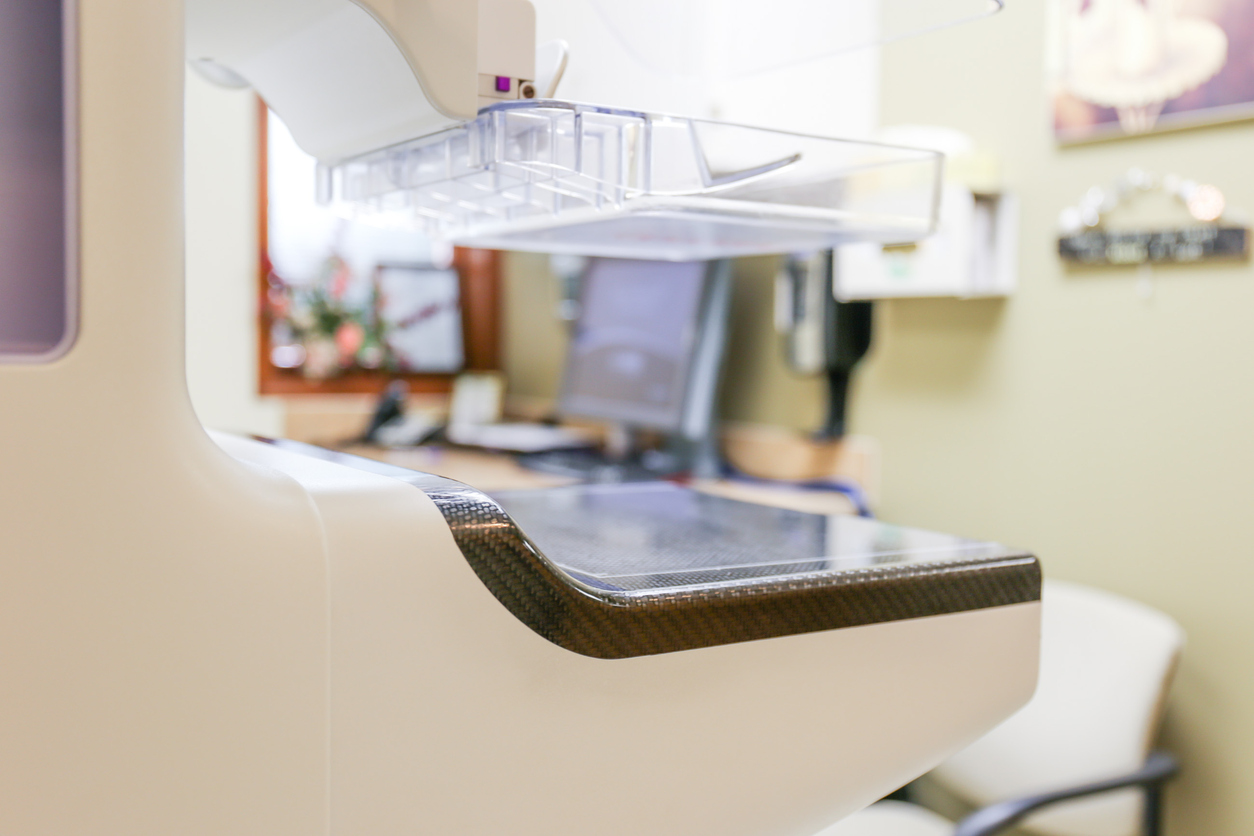Breast cysts are a widespread benign pathology that affects almost 60% of women.
Given that they are benign, they should not concern you. Doctor Corrado Tinterri, supervisor of Breast Medicine at Humanitas and Director of the Breast Unit, talked about breat cysts and how to detect them, in an interview for Rai Uno’s programme “Good morning, well-being”.
“Breast cysts are a malformation. They come from an altered development of milk ducts, tiny tubes immersed in the breast lobes. Breast cysts are especially frequent among women between 30 and 50 years of age.
They are linked to the menstrual and hormonal cycle of women and we don’t really know what triggers such changes in the mammary tissue. For instance, the contraceptive pill accidentally cures these cysts, because it stabilizes feminine hormones”.
How do Cysts Differ?
“Cysts basically differ on their symptoms, because they are almost always dilations in ducts with a liquid content. Cysts have a so-called “sediment” when bacteria or sediments precipitate in the liquid, thus forming a sort of a crust inside the cyst itself.
Moreover, in a few cases benign (or not) neoplasms form inside cysts. Neoplasms are structures that may grow inside the cyst and bleed, resultin in a cyst with vegetation. The presence of blood during the needle biopsy sounds a warning bell and may lead to a surgical operation. However, this is a really rare event”, Doctor Tinterri reassures.
How can you Locate Cysts?
“When women shower or touch their own breasts, especially in the premenstrual phase, they may notice a sort of a painful, very movable grape under their skin, that may appear even within 24 hours.
We usually locate cysts with an echography or mammogram and we don’t cure them. They only have to be removed, if something abnormal is growing inside them, or if they bleed”.
Monitoring Breasts is Paramount
“Women should start getting their breasts controlled when they are 30 years old and they should also know whether there are breast tumors in the family. In this case, it is recommended to get breast visits and echographies earlier.
Mammary echographies are fundamental for women between 30 and 40 years of age. Instead, women older than 40 or 45 should ask for a mammogram. Italian women older than 45 may participate in national screening programs for mammograms and each one of them should do so because these programs really save lives”, Doctor Tinterri points out.
-
3,400 Physicians
-
110,400 Annual surgeries
-
190,400 Annual Inpatient Admissions
-
928,000 Patients


